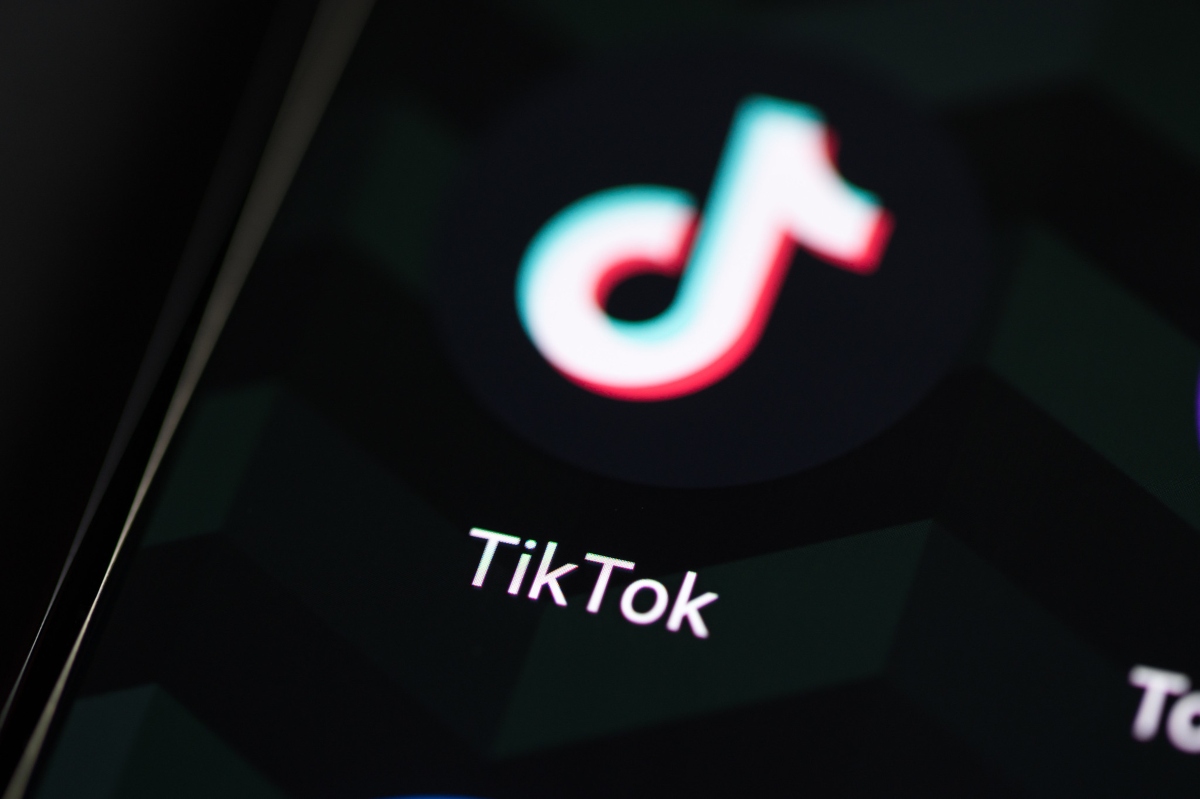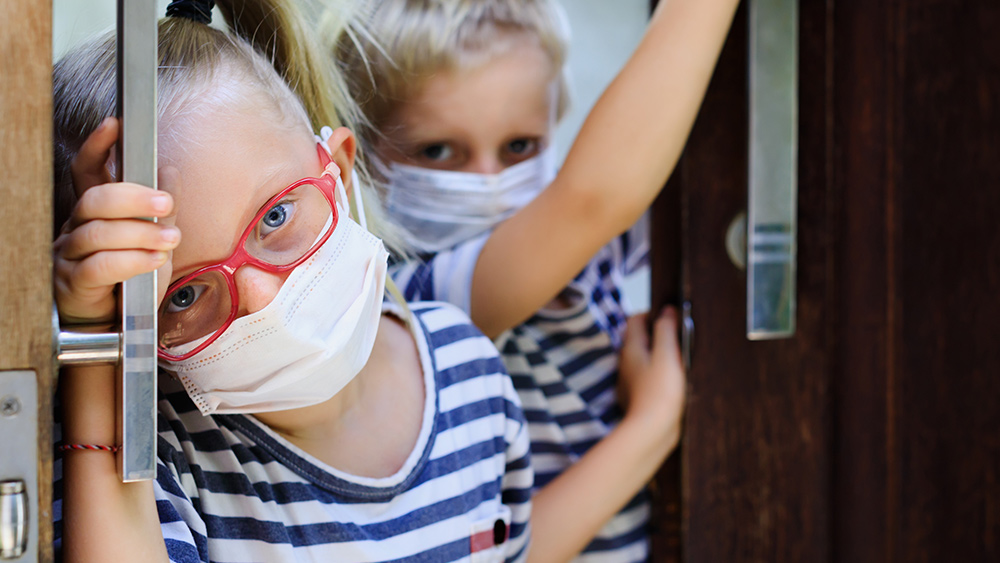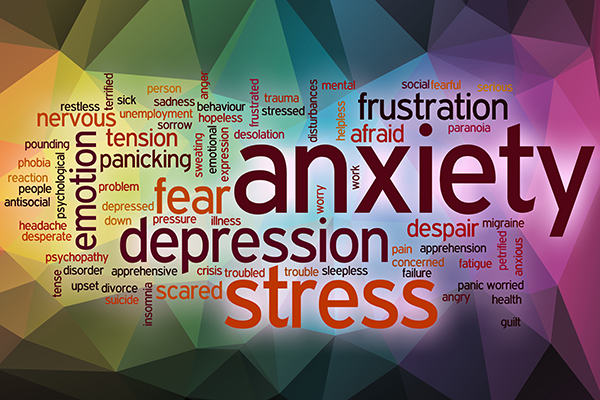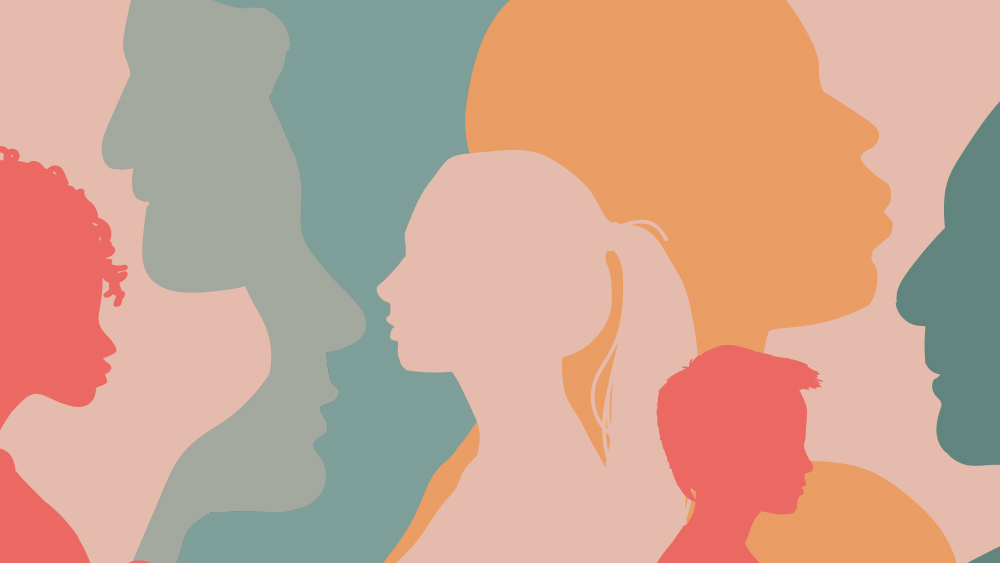Study: TikTok pushing self-harm content to kids as soon as they log in
12/19/2022 / By Ramon Tomey

A study has revealed that Chinese video app TikTok is pushing content featuring self-harm to children as soon as they log in to the platform.
According to the study commissioned by the London-based Center for Countering Digital Hate (CCDH) and the anti-self-harm advocacy group Molly Rose Foundation (MRF), researchers using sample TikTok accounts “encountered numerous videos about mental health, eating disorders or self-harm – many of which were highly emotive and compelling, with powerful music and manipulative messaging.”
The researchers pointed out that TikTok’s algorithm recommended self-harm content to new users in minutes. Videos featuring suicide were recommended within 2.6 minutes of browsing the app’s “For You” feed. Content featuring eating disorders, meanwhile, was recommended within eight minutes of browsing the same section.
“A new TikTok account set up by a 13-year-old user that views and likes content about body image and mental health will be recommended that content every 39 seconds,” the report stated. “Experts have warned that such content can have a damaging effect on teens’ mental health, even where it does not explicitly promote eating disorders.”
Moreover, the CCDH and MRF report pointed out that TikTok targeted vulnerable teen accounts (VTAs) with much more harmful content. The researchers entered the phrase “lose weight” in their sample accounts to simulate the behavior of users in the cohort.
Compared to the standard accounts, VTAs were shown thrice as many harmful videos – with vulnerable users being shown 12 times as many self-harm videos. VTAs were also shown more videos related to mental health disorders than the standard accounts.
American politicians now moving to ban TikTok
Given the dangers TikTok poses to American children and teenagers, lawmakers in both the U.S. House of Representatives and the Senate have introduced legislation to ban the app.
“TikTok is digital fentanyl … [and] should be banned,” said Rep. Mike Gallagher (R-WI). He and Rep. Raja Krishnamoorthi (D-IL) introduced a bill in the lower chamber of Congress for this purpose.
Over at the Senate, Sen. Marco Rubio (R-FL) announced a similar measure banning TikTok. His proposal sought to block all transactions from any social media company in or under the influence of China and Russia, a statement from his office said. The statement also confirmed the House companion bill sponsored by Gallager and Krishnamoorthi. (Related: US lawmakers unveil bipartisan bill to ban TikTok.)
“This isn’t about creative videos. This is about an app that is collecting data on tens of millions of American children and adults every day,” Rubio said.
“We know it’s used to manipulate feeds and influence elections. We know it answers to the People’s Republic of China. There is no more time to waste on meaningless negotiations – it is time to ban Beijing-controlled TikTok for good.”
Brendan Carr of the U.S. Federal Communications Commission (FCC) gave an ominous warning about the Chinese video app.
“The fundamental question has changed,” he told Fox Business News. “It’s no longer whether TikTok is going to be banned, in terms of its current operations in the U.S., but a question of when.”
TechGiants.news has more stories about TikTok and its dangers.
Watch Dr. Duke Pesta and Tina Griffin talk about the spread of a suicide video on TikTok below.
This video is from the Counter Culture Mom channel on Brighteon.com.
More related stories:
Experts warns TikTok is spyware for the Chinese regime.
Majority of parents think big tech, social media corrupting kids.
Indiana sues Tiktok over consumer data access and sexual content.
Parents not comfortable allowing their children to use Chinese app TikTok, poll reveals.
Sources include:
CounterHate.com [PDF]
Submit a correction >>
Tagged Under:
banned, Big Tech, Center for Countering Digital Hate, children's health, eating disorder, Marco Rubio, mental health, Mike Gallagher, Molly Rose Foundation, Raja Krishnamoorthi, self-harm, Social media, suicide, tech giants, technocrats, teenagers, TikTok, vulnerable teens
This article may contain statements that reflect the opinion of the author
RECENT NEWS & ARTICLES
COPYRIGHT © 2017 PSYCHIATRY NEWS




















